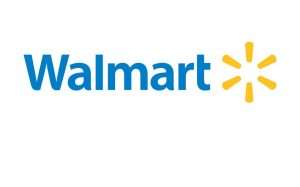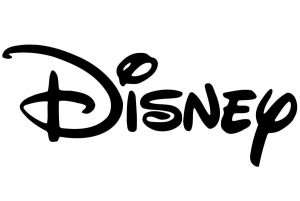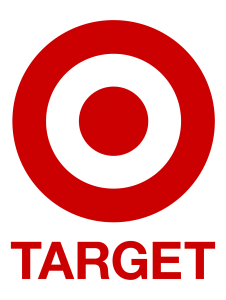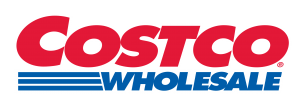

General Information:
Documentation:
Labor and Employment Practices:
14. Employment Files/Records (randomly selected by auditor).
15. Local Minimum Wage Standard/Decree; Social Insurance Baseline and Contribution Regulations; Local Work Hours Standard/Decree and/or Internal Company Wage Structure.
Health, Safety, and Environmental Compliance:
Specialized Areas (if Available):
Comments and Observations:
This checklist is a comprehensive guide for auditing Adidas suppliers, covering various aspects of labor practices, documentation, and health, safety, and environmental compliance. Adjustments may be made based on specific requirements and regulations in different regions.

1. General Information:
2. Documentation:
3. Labor and Employment Practices:
4. Health, Safety, and Environmental Compliance:
5. Specialized Areas (if Available):
6. Comments and Observations:
This detailed Walmart Supplier Audit Checklist aims to cover various aspects of supplier operations, ensuring compliance with Walmart’s standards and regulations. It can be customized based on specific requirements and the regulatory environment of the supplier’s location.

1. Pre-Audit Preparation:
Communication:
Documentation:
2. Onsite Audit:
Opening Meeting:
Document Review:
Facility Inspection:
Employee Interviews:
Records Examination:
Environmental and Safety Checks:
Specialized Areas:
Closing Meeting:
3. Post-Audit Analysis:
Data Compilation:
Comparison with Standards:
Identification of Non-Compliance:
4. Corrective and Preventive Actions (CAPA):
Root Cause Analysis:
CAPA Plan Development:
Implementation:
Monitoring:
5. Follow-Up Audit:
Scheduling:
Verification:
Continuous Improvement:
(CAPAR)

1. Pre-Audit Preparation:
Communication:
Documentation:
2. Onsite Audit:
Opening Meeting:
Document Review:
Facility Inspection:
Employee Interviews:
Records Examination:
Environmental and Safety Checks:
Specialized Areas:
Closing Meeting:
3. Post-Audit Analysis:
Data Compilation:
Comparison with Standards:
Identification of Non-Compliance:
4. Corrective and Preventive Actions (CAPA):
Root Cause Analysis:
CAPA Plan Development:
Implementation:
Monitoring:
5. Follow-Up Audit:
Scheduling:
Verification:
Continuous Improvement:
Business Registration and Licenses:
Permits for Facilities and Operations:
Target’s Supplier Standards:
Quality Management System Documents:
Environmental Compliance Certifications:
Workstations and Production Areas:
Storage and Inventory Management:
Safety Signage and Equipment:
Emergency Response Plans:
Ethical Labor Practices:
Employment Contracts and Records:
Wage and Hour Compliance:
Employee Training Programs:
Records of Employee Benefits and Disciplinary Actions:
Grievance Resolution Procedures:
Treatment of Pregnant Employees, Persons with Disabilities, etc.:
Compliance with Local Regulations:
Waste Management Practices:
Emissions and Pollution Control:
Workplace Safety Measures:
Records of Accidents and Incidents:
Regular Workplace Monitoring:
Verification of Implemented Corrective Actions:
Assessment of Sustainability of Improvements:
Additional Recommendations for Continuous Improvement:
This detailed Target Factory Evolution Audit Checklist is designed to cover a wide range of aspects, ensuring compliance with ethical standards, labor regulations, and environmental practices. Adjustments may be made based on specific factory operations and local regulations.

1. Pre-Audit Preparation:
Communication:
Documentation:
2. Onsite Audit:
Opening Meeting:
Document Review:
Facility Inspection:
Employee Interviews:
Records Examination:
Environmental and Safety Checks:
Specialized Areas:
Closing Meeting:
3. Post-Audit Analysis:
Data Compilation:
Comparison with Standards:
Identification of Non-Compliance:
4. Corrective and Preventive Actions (CAPA):
Root Cause Analysis:
CAPA Plan Development:
Implementation:
Monitoring:
5. Follow-Up Audit:
Scheduling:
Verification:
Continuous Improvement:
Business Registration and Licenses:
Permits for Facilities and Operations:
Costco’s Supplier Standards:
Quality Management System Documents:
Environmental Compliance Certifications:
Workstations and Production Areas:
Storage and Inventory Management:
Safety Signage and Equipment:
Emergency Response Plans:
Ethical Labor Practices:
Employment Contracts and Records:
Wage and Hour Compliance:
Employee Training Programs:
Records of Employee Benefits and Disciplinary Actions:
Grievance Resolution Procedures:
Treatment of Pregnant Employees, Persons with Disabilities, etc.:
Compliance with Local Regulations:
Waste Management Practices:
Emissions and Pollution Control:
Workplace Safety Measures:
Records of Accidents and Incidents:
Regular Workplace Monitoring:
Verification of Implemented Corrective Actions:
Assessment of Sustainability of Improvements:
Additional Recommendations for Continuous Improvement:
This comprehensive Costco Factory Evolution Audit Checklist is designed to cover a wide range of aspects, ensuring compliance with ethical standards, labor regulations, and environmental practices. Adjustments may be made based on specific factory operations and local regulations.
Audit Checklist will be provided based on the specific requirement.

+44 20 8089 2513 (UK)
+86 135 00012475 (China)
info@qivglobal.com
Shelton Street 71- 75 , Covent Garden, London, United Kingdom
Year 2020
in 33+ Countries and Regions

QIV GLOBAL LIMITED is UK based Inspection, Testing and Certification Company.